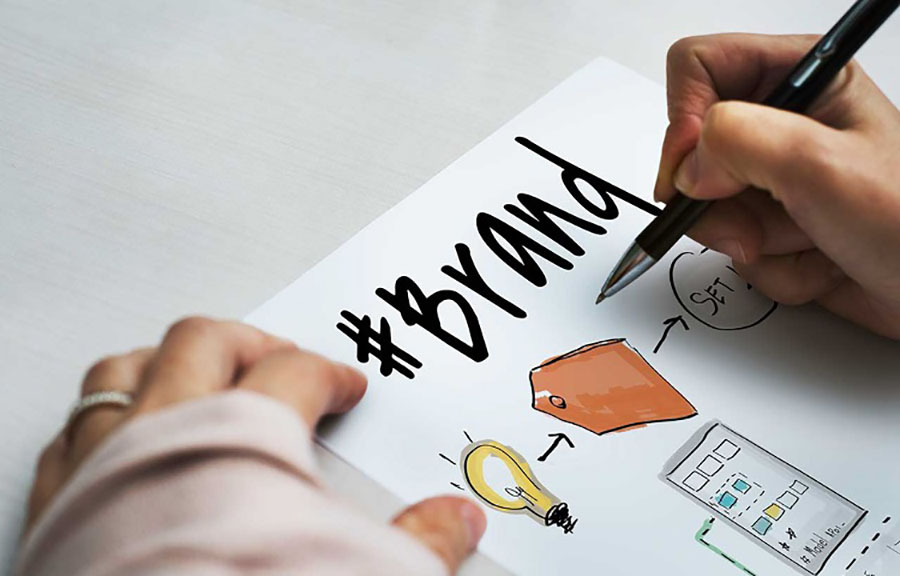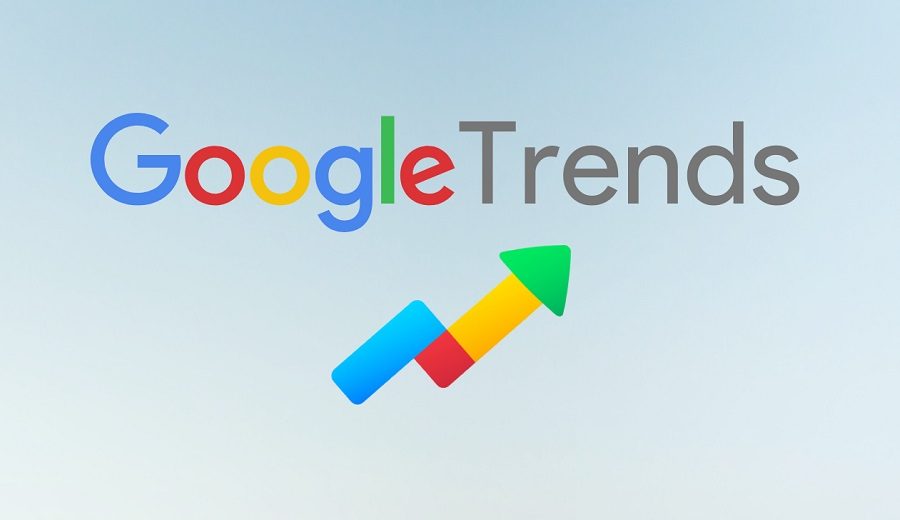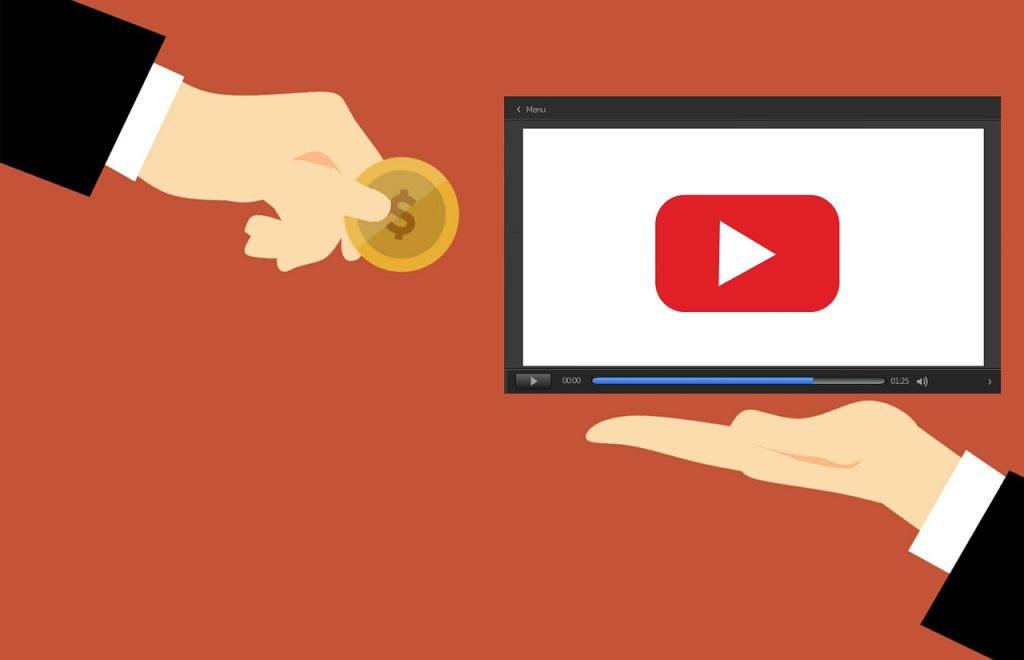Starting a Brand from scratch that stands out from the crowd is not a simple feat. What is it going to look like? You may ask.
How is it supposed to make people feel? Will that brand connect with the target audience? All these are valid concerns when starting from scratch.
Some problems naturally emerge as you start worrying about how to relate the differences between what you’re offering and who you’re trying to meet.
If you have nothing but a business concept or want to turn your idea into a current brand, here’s what you need to know about creating a good brand name for your business.
See our section devoted to brand building, as part of our online business course.
How To Set Up Company Branding?
Building your first brand practically comes down to two main areas. The first is research, then using what you learned during the research stage to begin designing your logo(s) and creating your style guides.
- Investigate your target demographic and research all your rivals
- Choose the attitude and style you want to portray and concentrate on that only
- Choose the name of your company that will resonate with your target customer
- Write down the slogan that will guide your company like a beacon
- Choose the brand’s look and feel using colours and font styles
- Design the logo
- Apply your branding to your whole company.
There are many ways to go through this process. The methods used to create your brand can vary from how we have outlined above, however the end goal is still the same.
Goal: Create the concept of your brand that will best resonate with your core market – targeting a gap within the group of competing businesses.
Research Target Demographic
Investigate your target demographic and your rivals. Before you can start making choices about your company image, you need to consider the competitive environment that exists within your industry. Who are your future buyers going to be and who are your current competitors going to be?
There are a variety of ways to do this:
- Google can evaluate the product or service category and the direct and indirect rivals that come along with it
- Check the consumers’ subreddits and eavesdrop on their discussions and product reviews
- Speak to individuals who are members of your target area and ask them what brands they’re buying in your city
- Look at the related social media accounts or pages that your target market supports and is open to
- Go shopping online or offline to get a glimpse of how your customers are going to browse and purchase items
Goal: Knowing everything about your potential customer and the landscape that your business will operate within is the goal of this section.
Choose Your Brand Attitude
Your product can’t be everything for everybody, particularly at the beginning. It’s necessary to find your nook and concentration only inside that box.
Goal: The look, the feel, and the name of your brand should be reflected here. Evaluate all the aspects of your brand attitude and how it is to be portrayed to your target customer.
See our section devoted to brand building, as part of our online business course.
Choose The Name Of Your Company
Like we said before, a brand is so much more than a tagline. Your brand’s attitude acts like a North Star, providing clarity and focus that helps you stay the course when challenges inevitably arise.
Coming up with a great brand name is only part of the equation. The mark needs to be well executed across touchpoints, from your website to social media to packaging and beyond.
But as a small business owner, the company’s name is undoubtedly the first huge decision you have to make.
It would affect your logo, domain, ads, and trademark registration if you plan to go down that road (it’s harder to share generic brand names that simply describe what you’re selling).
Write Down The Slogan
A catchy slogan is a lovely commodity, something short and straightforward that you can use as a tagline in your social networking profiles, website headers, personalised business cards, and everywhere else you have a few words to make a significant impact.
Choose The Brand’s Look (Colours and Font)
Now that you have a name down – you’ll need to think about how you’re going to creatively reflect your brand, including your colours and typography. This is going to be handy when you are making your own website.
- Choosing the right colours not only describes the look of your brand, they also conveys the impression that you want to make with your attitude. They help you make it all look cohesive through everything you do. You’re going to want to use colours that separate you from direct rivals to avoid misleading customers.
- Choosing the fonts that you may want to use on your website. Choose two fonts at most to prevent misleading visitors: one for headings and one for body text (this does not include the font you would use in your logo).
Goal: Choose your brand colours. The creation of your brand colours is important to do before designing your logo.
Design The Logo
The creation of a company logo is perhaps one of the first things that come to mind when you hear about creating a brand. And for good reason, after all, it’s the face of the business and it might theoretically be anywhere that your brand operates.
Ideally, you’re going to want a logo that’s exclusive, recognisable, adaptable and adjustable to work in all sizes and formats.
Apply Your Branding To Your Whole Company
This process offers a consistent brand story. A company story – about who the company is and what it stands for. It sets the scene for any customer engagement with your company, in-store, and online.
Your brand has to exist and be consistent everywhere your customers communicate with you, from the style you choose for your website to the marketing materials you make, all the way to how you label and distribute your goods.
You will continue to shape and grow your brand as you introduce more people to it and learn more about who your customers are and how to talk to them.
See our section devoted to brand building, as part of our online business course.
Get High-Level Support
What You Need To Know Before Starting An Online Business
Starting an online business can be a great way to make money and be your…
How to Get More Clicks For Your Google Ads Campaign
Another effective way to reach your target audience is by implementing Google Ads. However, many…
How To Successfully Run A Facebook Page
Are you looking to run a successful Facebook page? You’re in luck! If you are…
Using Google Trends For Your Market Research…
To grow your business you need to find the right tools for the job. Thanks…
Partners For Content Creators: Getting Started Without the Headache
Are you a content creator, but know little about running an online business? We can…
How To Get Traffic To Your Website From YouTube
Have you ever found yourself pondering over the possibility of amplifying your business exposure, catapulting…
When To Consider Drop Shipping Merchandise On Your Website?
The bottom line about drop shipping, is you don’t need to store manage and ship…
Advertise Your Business On X (formally Known as Twitter)
X (formally Known as Twitter) is a goldmine for businesses, yet many are still not…









